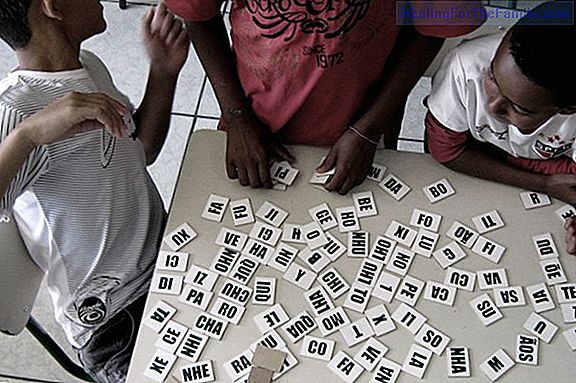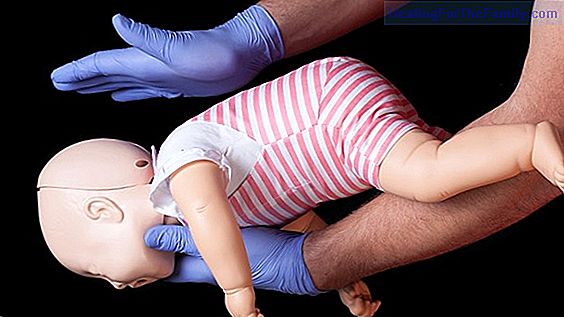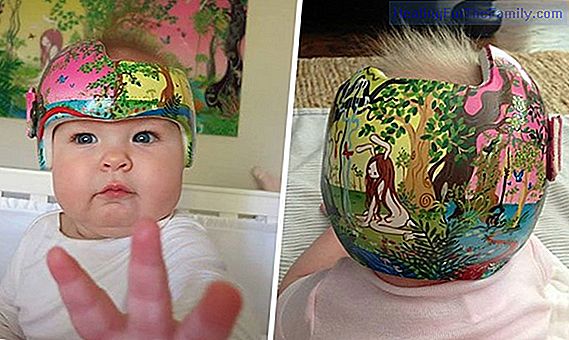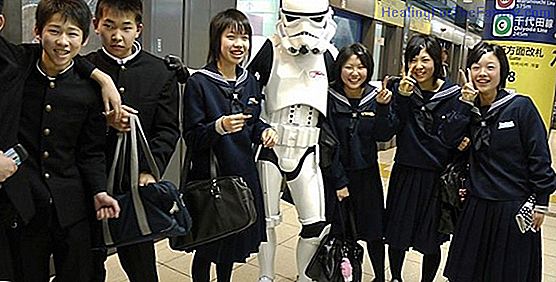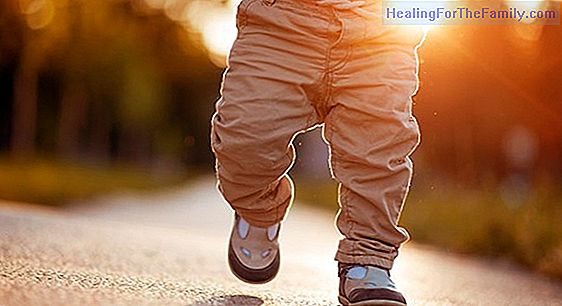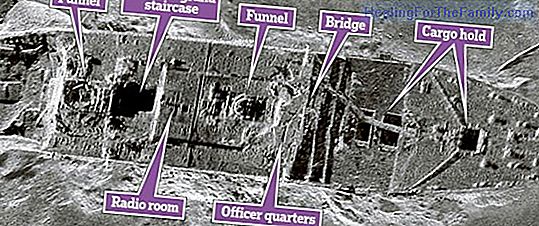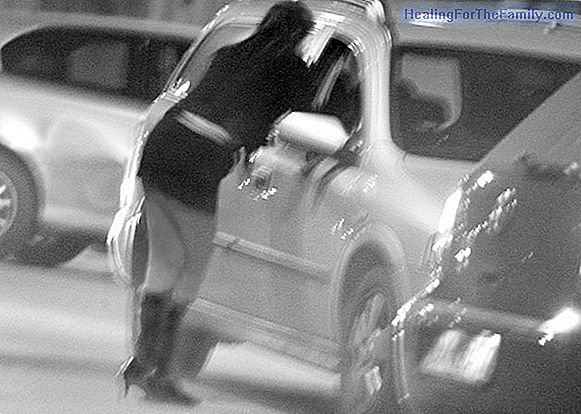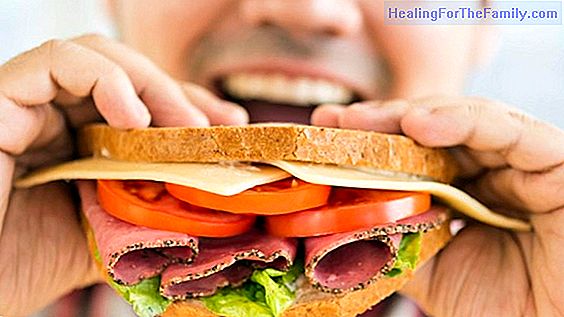How to explain hatred to children
In society, look where we can find manifestations of hatred . It is a feeling that we have been able to see throughout our history, although it seems that at the moment this feeling has flourished. The reason why today seems to be "hated" more is that this feeling has become more visible through new
In society, look where we can find manifestations of hatred. It is a feeling that we have been able to see throughout our history, although it seems that at the moment this feeling has flourished. The reason why today seems to be "hated" more is that this feeling has become more visible through newspapers, magazines, news programs, songs, social networks, etc.
Hate is a feeling that comes from anger and is the perfect tool for the future of children is defined by resentment, resentment, antipathy or animosity. We tell you how to explain hate to children and how to manage that negative emotion.
The feeling of hatred in childhood
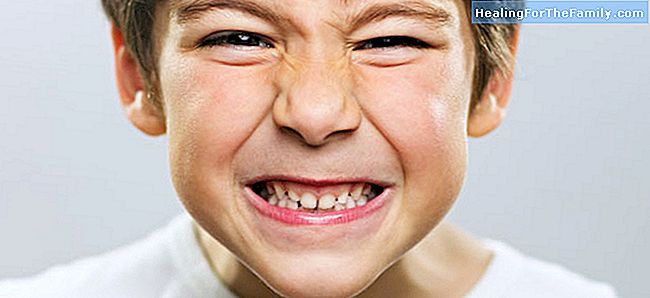
There are several theories that defend both the innate nature of the feeling of hatred, and the learned one. Hate is part of rejection and aversion, therefore, it is undeniable that children experience this part since they are very small. Thus, children know how to hate from early childhood.
This happens because the child in this early stage of childhood is able to develop intelligence and the ability to know what he likes and does not like. This coupled with the fact that his feelings at this stage are strong and uncontrolled is what makes him show hatred, although with the nuance that this feeling is towards something and not towards someone.
Intelligence evolves rapidly until adolescence. In this period the child establishes the foundations of his personality that will help him socialize and live in society. Today, where death, violence and aggression are available to everyone due to the growing sensationalism in the media and the protection of social networks. It is the perfect breeding ground for children to grow the irrational feeling of hate and loss of reason in adolescents and adults.
What to do to avoid hatred in children
In the face of incidents of senseless violence such as 11-M, 11-S or the attacks in Barcelona, London and Paris, parents make great efforts to protect the smallest of the details . Due to these rugged events children tend to experience a series of emotions such as fear, confusion and anger that are the prelude to hatred if we are not able to counteract them.
Children and young people are permeable and live in their environment continuously exposed to hatred. Therefore, it is necessary to give adequate prevention and deal with it in order to explain the hatred to children:
- That adults remain alert for signs of alteration of children .-
It is essential that children feel safe . Parents, teachers and all adults in the child's environment should provide opportunities for children to express how they feel and channel these emotions into positive actions.-
Explain things in a way that the child can understand. The age of the child must be taken into account. Also try not to use technical words. -
The motivation of acts produced by hate is to produce fear . Adults should not lie when it comes to telling the reasons why this type of act occurs to protect the little ones. It is counterproductive.-
It is important to talk about the emotions that arise with hatred. It is important that this be done so that they know how to identify and label them.


